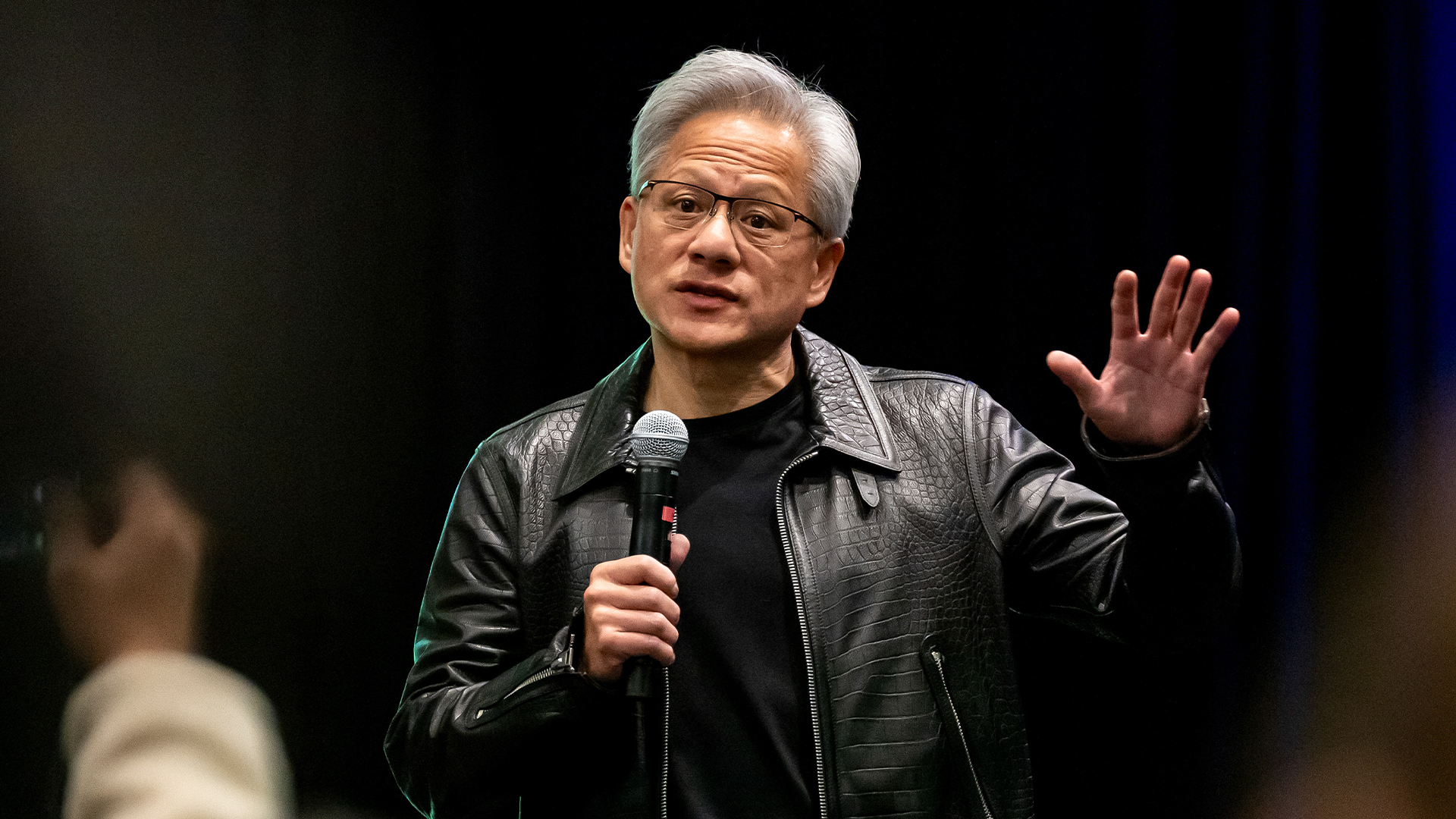Schneider Electric embraces edge computing with Cisco partnership
Power specialist sees channel opportunity in edge computing with help from Cisco


Schneider Electric is looking to tap into the burgeoning edge computing market with the rollout of several new micro data centre products that couple its physical infrastructure with Cisco’s hyperconverged infrastructure (HCI) platform, HyperFlex Edge.
Announced at the company’s ‘Life on the Edge’ event in Boston, Schneider Electric said that edge computing – where the creation and processing of data happens away from traditional large data centre environments in the cloud, or in remote or micro facilities – is a key focus for the company.
Cisco’s business development executive, Ram Srinivasan, told Channel Pro that the channel will find opportunities in a world that is moving towards edge computing.
“For partners it’s important because compute is shifting increasingly to the edge with the explosion in mobility apps, devices, IoT – and datacentres moving to cloud. Partners better pay attention to what’s happening in the edge because we are seeing a market shift of capabilities to the edge,” said Srinivasan.
“It’s optimising workloads in the data centre and operational efficiency for IT departments, and the use cases we want to drive to get the business on the ground.”
Currently, around 10% of enterprise-generated data is created and processed outside a traditional centralised datacentre or cloud. Schneider cited Gartner figures that say by 2025 this figure will reach 75%.
“Partners need to deploy, embrace and understand edge, and how it relates to their customers, and how it relates to their customers,” Scott San Antonio, Schneider Electric’s alliance director, told Channel Pro. “That’s where their trusted role status comes in. From a revenue standpoint, it’s about deployment, integration and management. That’s where the partner community can generate revenue.”
ChannelPro Newsletter
Stay up to date with the latest Channel industry news and analysis with our twice-weekly newsletter
One of the biggest challenges in running new remote data facilities is having no IT support on-site, explained Schneider.
The vendor said channel partners can now access several new reference designs for HyperFlex deployments, and will be supported by joint marketing support.
Srinivasan said the average payback on the HyperFlex solution is eight months, as well as reducing downtime and reducing the cost of ownership.
“It’s a 450% return on investment,” he added. “That’s a staggering number,” he adds. “Our partners understand numbers very well, so I see them embracing that.”
Christine has been a tech journalist for over 20 years, 10 of which she spent exclusively covering the IT Channel. From 2006-2009 she worked as the editor of Channel Business, before moving on to ChannelPro where she was editor and, latterly, senior editor.
Since 2016, she has been a freelance writer, editor, and copywriter and continues to cover the channel in addition to broader IT themes. Additionally, she provides media training explaining what the channel is and why it’s important to businesses.
-
 Why keeping track of AI assistants can be a tricky business
Why keeping track of AI assistants can be a tricky businessColumn Making the most of AI assistants means understanding what they can do – and what the workforce wants from them
By Stephen Pritchard
-
 Nvidia braces for a $5.5 billion hit as tariffs reach the semiconductor industry
Nvidia braces for a $5.5 billion hit as tariffs reach the semiconductor industryNews The chipmaker says its H20 chips need a special license as its share price plummets
By Bobby Hellard